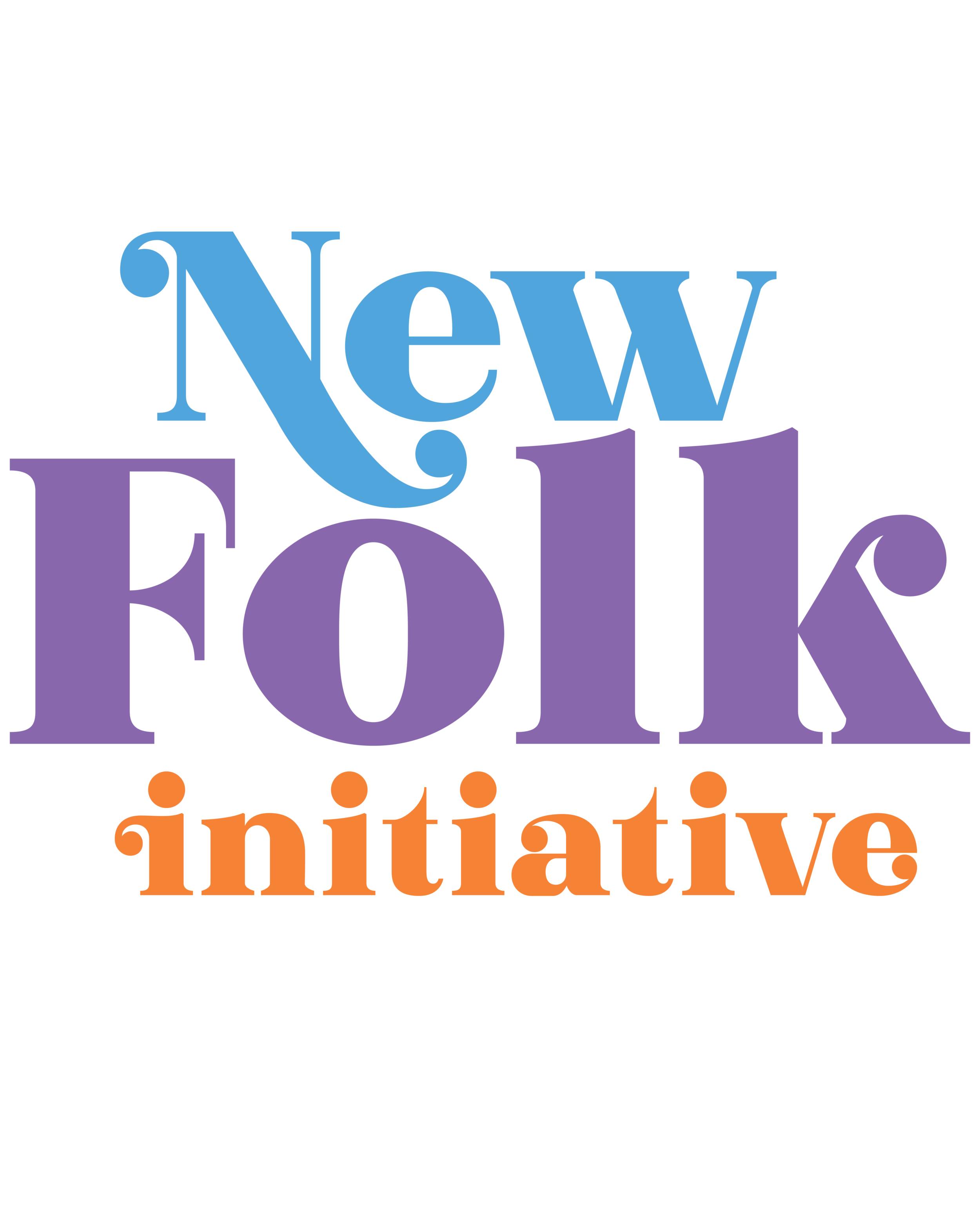Spotlight Album Review: Raye Zaragoza "Woman In Color"
About a year ago, I came upon an EP by Raye Zaragoza, Live at Rockwood Music Hall. Having a strong to connection to Rockwood, I was interested and instantly impressed. With a passionate voice she sang songs of social justice for an enthusiastic audience. In January I saw her myself at the Folk Alliance International conference in New Orleans, which prompted an invitation to my On Your Radar series. With everything at Rockwood on hold, she did her OYR performance from home in L.A. this past month, on the cusp of releasing her sophomore album, Woman in Color. Thanks to a slew of strong songs and a talented producer, Tucker Martine (The Decemberists, Neko Case, et al.), it fulfills her promise and gets this month’s nod as the Sunday Supper Spotlight Album.
The title, Woman in Color, is explained by Raye’s genealogy. Her mother is Japanese, her father Mexican and Indigenous. The acoustic opening track, “Change Your Name,” imagines her mother’s journey to America “to meet my dad” (“I wonder if I’ll like this new land”) and the Ellis Island experience of the immigrant. With a soulful groove, “The It Girl” directly addresses the conflict of her complexion (“living in a world that wasn’t made for brown skin girls”) but her determination not to be defeated by it (“I can be the face in the magazine”).
Raye’s concern for women of color shows up in in the piano-driven “Red,” which asks “Who will fight the women/Who will speak for the souls/Who will seek for the missing/Tell the stories untold?” Her advocacy for Indigenous people goes back to 2016 and the song, “In the River,” which she wrote about the Dakota Access Pipeline on the Standing Rock Indian Reservation. A video for it went viral, and she earned a couple of awards for it, establishing her as a force to be reckoned with. “In the River” and a companion song, “Driving to Standing Rock,” were both on her full-length debut, Fight for You.
Tucker Martine uses the full sonic palette on Woman in Color. He adds horns on “Fight Like a Girl,” giving greater urgency to the feminist message (“Take me to the water/Take me to the snow/Where the souls had to go”). On “Runs with Wolves,” he uses fluid production, as she takes stock of a personal relationship (“We used to be so free/Get back to who we used to be”). “They Say” is almost pure folk, but with a contrarian point of view (“They say folk music is for the elite”). Taking what may be Raye’s personal credo, “Rebel Soul,” he wraps her individuality in a commercial hook. That’s what artists hire Martine to do, but you have to have the songs to pull it off, and Raye surely does. And it doesn’t hurt to have artists like Colin Meloy, Laura Veirs, and others as guests in the studio.
The album closes with song about her old turf, “Ghosts of Houston Street.” Raye lived with her parents in a studio apartment there until she was 14, when the family moved to Los Angeles. Though her parents had encouraged an interest in the arts from a young age, it was in L.A. that Raye came into her own as a musician. Later she moved back to New York, only to return to L.A. when the rents got too steep. “Ghosts of Houston Street” reflects the changes in the neighborhood, as it’s gentrified over the years. But it reflects changes in Raye as well. Woman in Color is a full-flowered artistic statement. It’ll be even more interesting to watch her further development.
Photo by Cultivate Consulting
